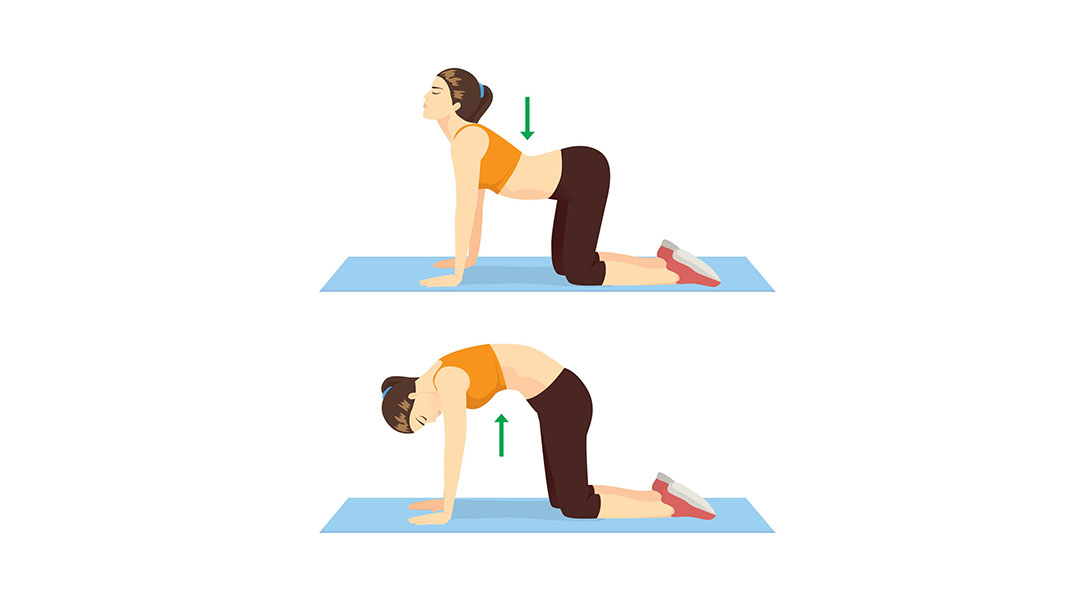
Agridirect.ie looks to the upcoming shearing season, and discusses some simple steps for managing shearer’s back pain.
That time of year again
Well folks, it’s almost that time of year again. The weather is taking up, sheep are in good condition and we find ourselves rummaging around in the shed for the shears. Shearing season is a time of great excitement on most farms. We tend to associate it with long, sultry days of hard but rewarding work. But for some of us, the weeks ahead also bring with them the threat of intense back pain that can ruin our prospects for the remainder of the summer.
A common complaint
If you dread the agony of shearing season, you’re not alone. Shearer's back pain is extremely common among farmers. In fact, it is estimated that up to 90% of us suffer with back trouble, particularly during the most active shearing period. Usually, back pain from shearing is the result of sustained contraction or compression of the back muscles on either side of the spine. While this may sound relatively innocuous, those of us who suffer from it every year can attest otherwise. Furthermore, failure to manage shearer’s back pain can lead to other painful complications for our backs.
Take breaks
Fortunately, there are a few easy steps that we can take to prevent and manage shearer’s back pain during the long weeks ahead. First of all (and this applies to young lads and ladies as much as to the veterans among us): remember to take regular breaks from shearing. I know it can be tempting to keep the head down and move through the sheep, thinking that by skipping your break you can finish an hour or two early. When you are young and you don’t feel the muscle pain in the moment, you think the constant pressure on your back isn’t having an impact. But it is. And you will pay a price for it in a few years’ time. So be smart. Take a few minutes to stetch your back and take a sip of water.
Stretching is key
How you stretch is just as important as how often you do it. Studies have found that the best way to manage shearer’s back pain is by carrying out stretches to decompress the back muscles. In the case of shearing, this may simply mean raising your hands above your head to stretch out your back muscles, then bending back down to touch the floor, before repeating the process several times (slowly). When you have done this a few times, you should feel your back muscles decompressing.
Feline pose
Another great way to decompress the spine is by getting onto all fours in the feline pose. Make sure your knees are aligned under your hips and that your hands are directly beneath your shoulders. You should begin the stretch by keeping your spine flat. Then slowly arch your back, allowing your head to drop between your arms. After a moment or two, slowly reverse this process by bringing your back down, allowing it to sink into a hollow or curve while at the same time tilting your head back upward. Breathe slowly while you stretch, and repeat several times for best effect.

Look after your health
It is crucial that you carry out these, or similar stretches before and after shearing. Realistically, you should probably get into the habit of doing these exercises throughout the year, and not just at shearing time. Farmers engage in a lot of heavy lifting, and this also puts the spine under severe pressure. Making sure that our back muscles are fully decompressed can help to protect us against severe and lasting complications. While stretching may seem like one more task you don’t really have time to do, taking a few minutes a day to look after your back will be worth it in the long run.
Happy shearing, all!
Please note: The stretches described in this article may not always suffice to manage your back problem. If you are suffering from severe and prolongued back pain, you should see a healthcare professional. Your doctor may refer you to a chiropractor for treatment. It is essential that you get the treatment you need!











